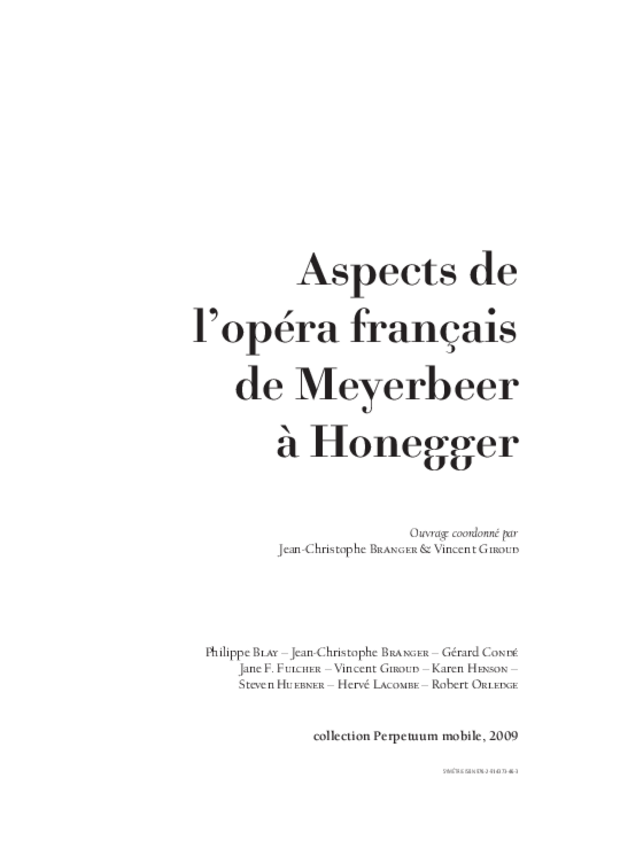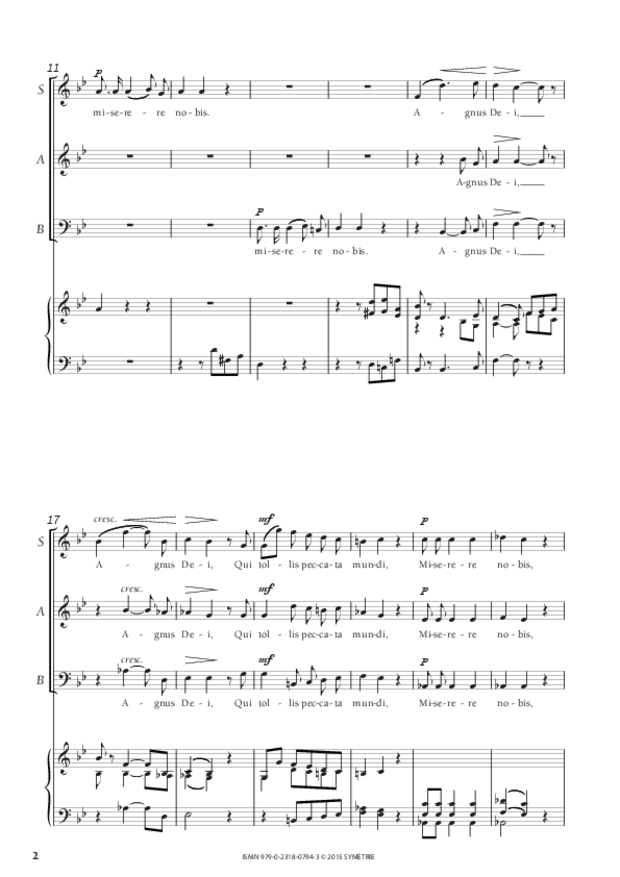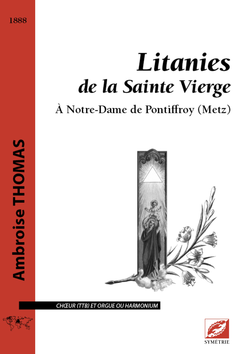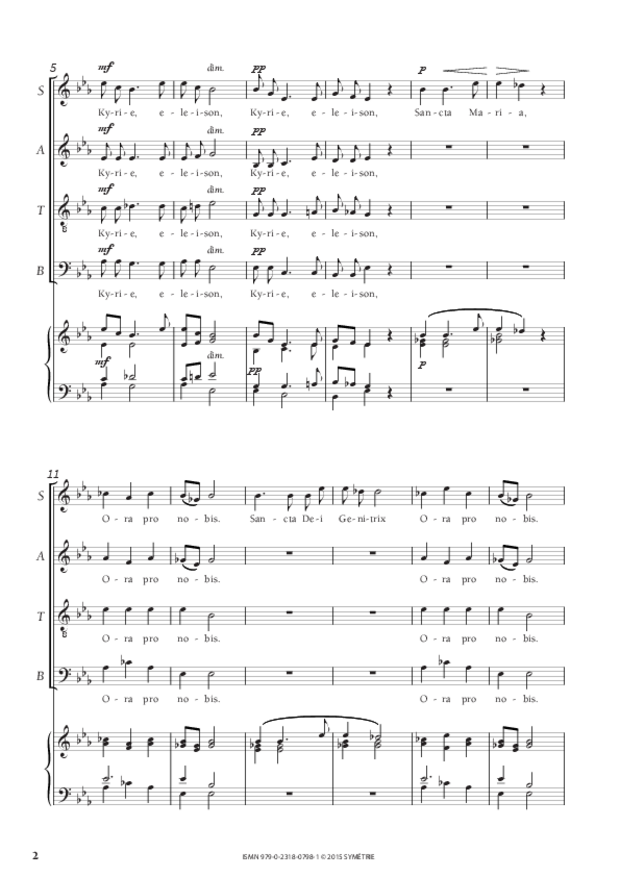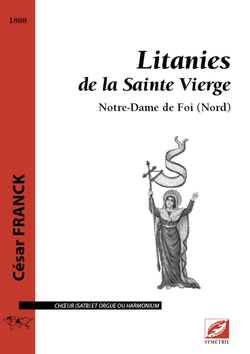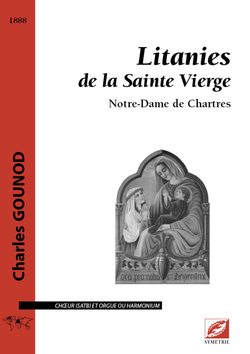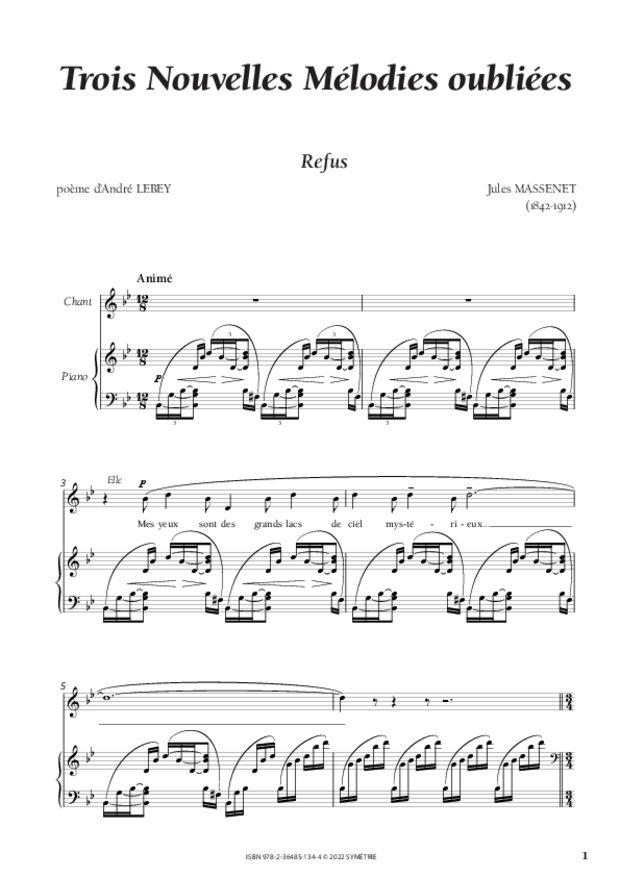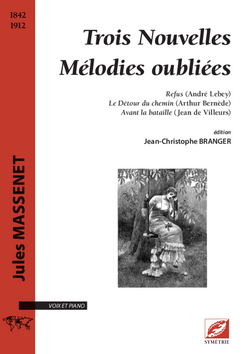La Légende de saint Nicolas (The Legend of Saint Nicholas)
The Legend of Saint Nicholas was published on 1 January 1880 in the first issue of Saint-Nicolas : Journal illustré pour garçons et filles, a periodical that ran until 1914 and whose motto echoed the educational principles of the Third Republic: “Teaching through fun!”
The issue devotes five pages to the legend of Saint Nicholas, whose origins are both obscure and ancient. Originating in the 12th century, it is still well known today, particularly in eastern France, and recounts the misadventure of three lost children who, after going to “glean in the fields”, try to take refuge in a butcher’s shop. The butcher slaughters them to make salt pork, but St Nicholas resurrects them many years later, after having tricked the butcher who transforms into the bogeyman. On the night of 5 to 6 December, St Nicholas, who has become the protector of children, visits the houses, handing out sweets and checking on them.
Dans ton regard (In your eyes)
Dans ton regard was published in the special January 1904 issue of the Bordeaux magazine L’Escholier, in the form of a facsimile of the autograph manuscript with a covering letter signed by the composer. This monthly review, designed for Bordeaux students, takes on a certain prestige by publishing an apparently unpublished song by the “master” Massenet, without giving the name of the author of the poem or its title. This song comes from a forgotten song, Aveu, composed to a poem by Paul Bourguignat and published without success in the Album-prime du Gaulois in the winter of 1884-1885.
Musically speaking, the rhythm and harmonic density also differ markedly from one melody to the next. Aveu evolves on plated chords of three or four notes, whereas the harmony of Dans ton regard is less rich and more contrapuntal. Dans ton regard thus shows a simplification of the musical means to make the piece accessible to a young audience that is not yet very experienced.
Under the direction of Jean-Christophe Branger
